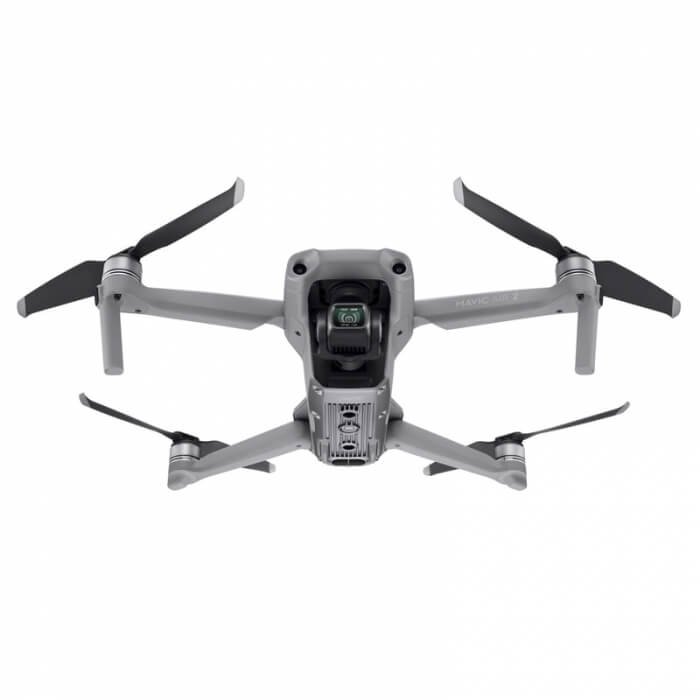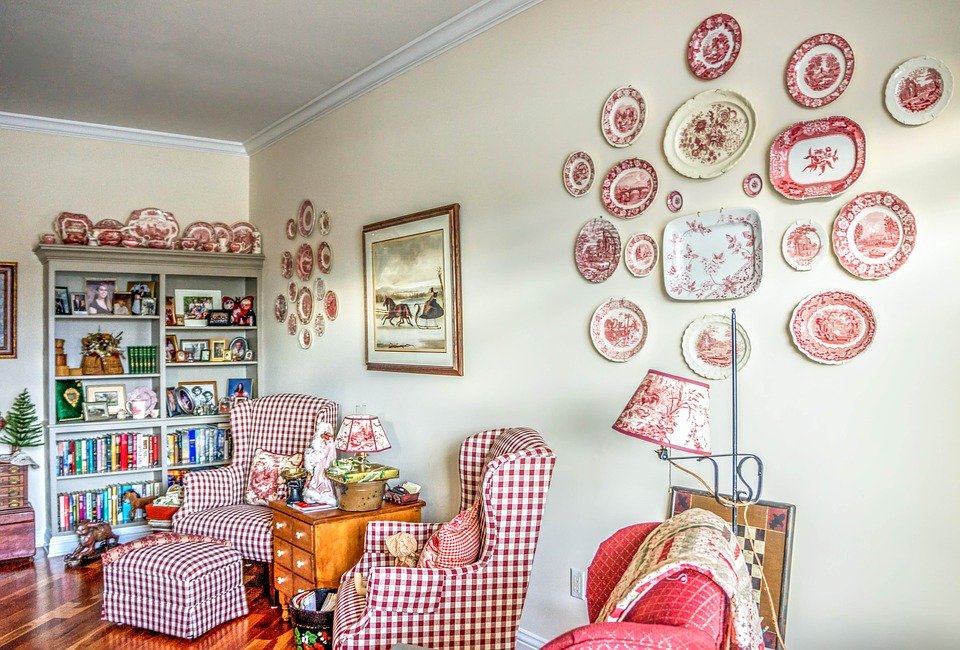Autocad is a powerful software used for computer-aided design and drafting. One of its standout features is the ability to customize key binds, which allows users to assign specific commands or functions to keys or key combinations. In this article, we will explore the world of Autocad custom keybinds in simple, plain English, providing easy-to-understand instructions to enhance your productivity and workflow.
Section 1: What are Autocad Custom Keybinds? Autocad custom key binds are personalized shortcuts that users can create to perform specific actions within the software. By assigning frequently used commands to easily accessible keys, you can speed up your design process, eliminate repetitive tasks, and navigate Autocad with greater efficiency.
Section 2: Why Should You Use Autocad Custom Keybinds? 2.1 Streamline Your Workflow: Custom keybindings allow you to streamline your workflow by reducing the number of mouse clicks and menu navigation required to execute commands. With personalized shortcuts, you can perform tasks swiftly, saving valuable time and increasing productivity.
2.2 Enhance Accessibility: Autocad custom keybinds make commands more accessible, particularly for individuals with physical disabilities or limited dexterity. By assigning commands to keys that are comfortable and easy to reach, users can work with greater ease and efficiency.
2.3 Increase Productivity: By eliminating the need for repetitive mouse movements and menu selections, custom keybinds enable users to work more efficiently. This increased productivity can result in significant time savings, allowing you to focus on the creative aspects of your designs.
Section 3: Creating Autocad Custom Keybinds 3.1 Accessing the Customize User Interface (CUI): To create custom keybinds in Autocad, you need to access the Customize User Interface (CUI) dialog box. You can do this by right-clicking on the ribbon and selecting “Customize User Interface” from the contextual menu.
3.2 Navigating the Customize User Interface (CUI): Once you’re in the CUI dialog box, you’ll find a hierarchical list of commands and functions on the left side. You can explore different categories and subcategories to locate the specific command you want to assign a keybind to.
3.3 Assigning a Key Combination: To assign a key combination to a command, select the desired command in the CUI dialog box. Then, in the Properties pane on the right side, click on the empty field next to “Access Key” and press the keys you want to use as the combination. Finally, click “Apply” and “OK” to save your changes.
3.4 Creating Macros: In addition to assigning individual commands, you can create macros that execute a series of commands with a single keybind. This is particularly useful for complex or multi-step tasks. To create a macro, follow a similar process as in 3.3, but instead of selecting a single command, choose “Macro” and define the sequence of commands in the associated field.
Section 4: Best Practices for Autocad Custom Keybinds 4.1 Keep it Intuitive: When creating keybinds, it’s essential to choose key combinations that are intuitive and easy to remember. Opt for logical associations between commands and keys to maximize efficiency and minimize confusion.
4.2 Avoid Conflicts: Ensure that your custom keybinds do not conflict with existing Autocad shortcuts or other software you use. Conflicting keybinds may lead to unexpected behavior and hinder your productivity.
4.3 Document and Share: If you work in a team or frequently switch between different workstations, it’s beneficial to document your custom keybinds and share them with colleagues. This helps maintain consistency and ensures everyone is on the same page.
Conclusion: Autocad custom keybinds offer a powerful way to personalize your workflow and optimize your productivity. By creating shortcuts for frequently used commands, you can streamline your design process, save time, and reduce repetitive tasks. Remember to keep your keybinds intuitive, avoid conflicts, and document them for easy sharing. With these tips, you’ll be well on your way to mastering Autocad custom keybinds and taking your design efficiency to new heights.

















